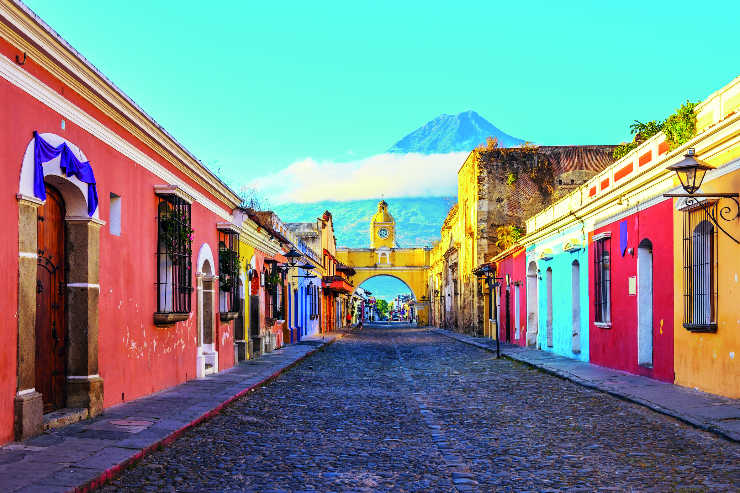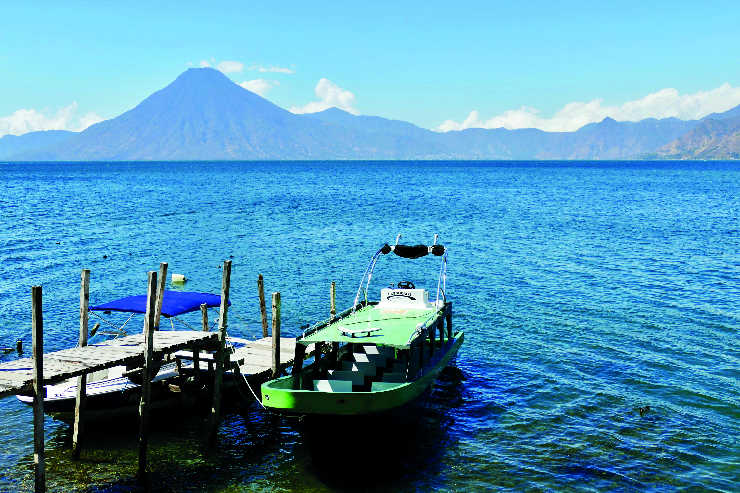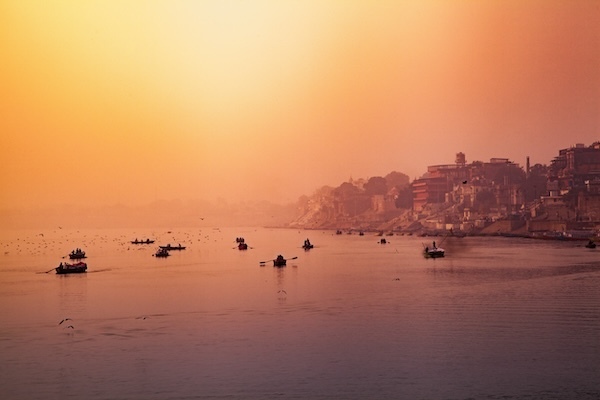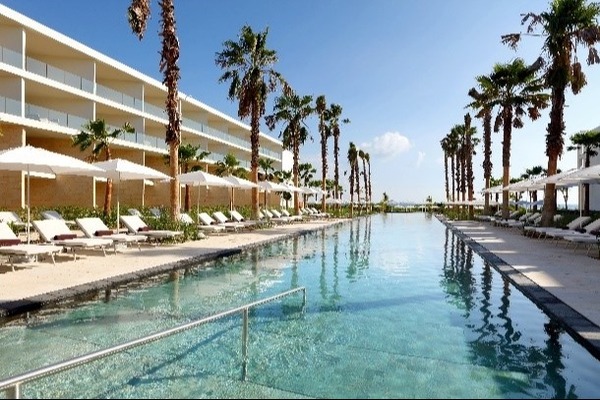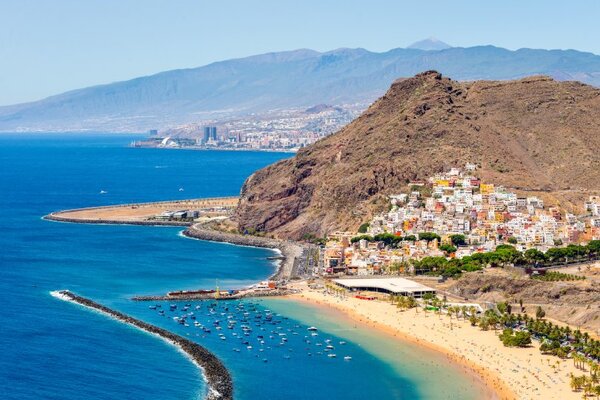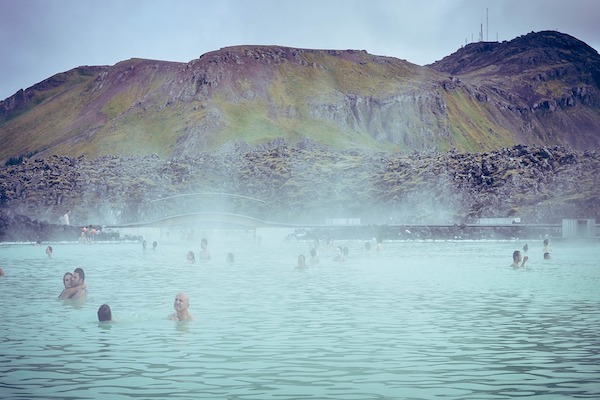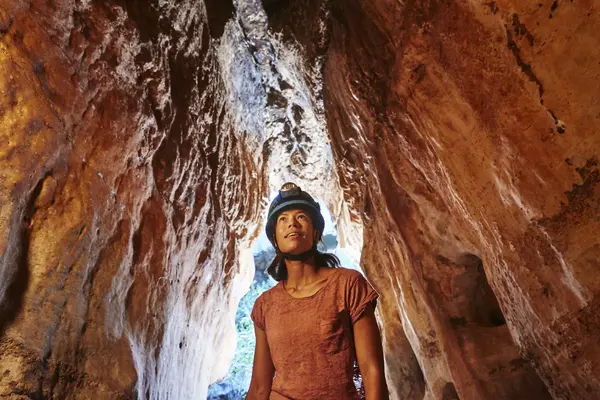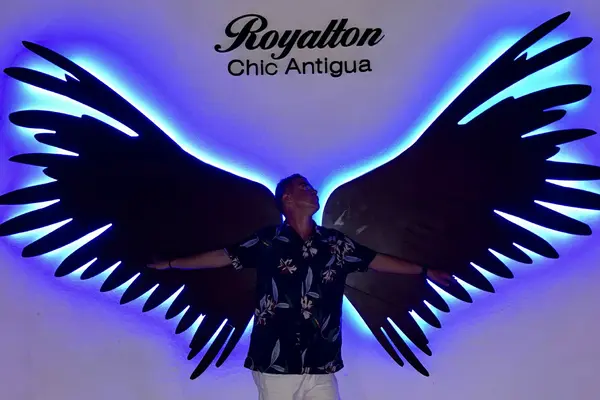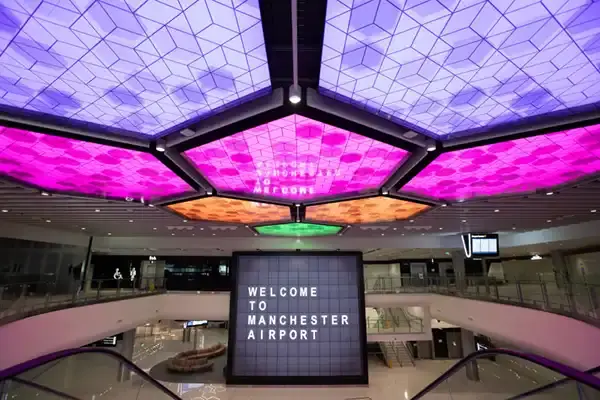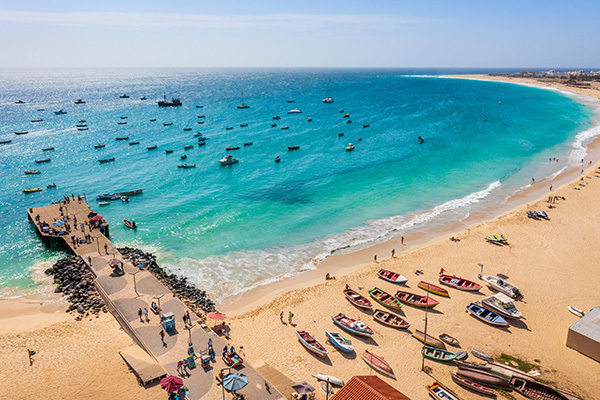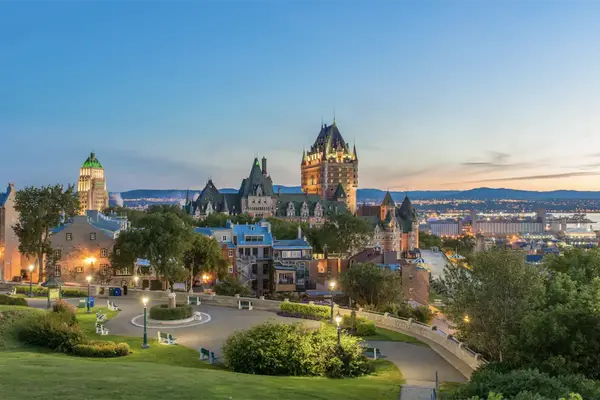Guatemala: Central America's secret gem
On a trip to Guatemala, Sarah Gilbert takes in the destination’s classic sights while being immersed in age-old traditions and vibrant Maya culture.
Gabbling to each other in Quiche, the women smile at me from behind mounds of vibrant fruit, dressed in their brightly coloured, richly embroidered blouses, long black plaits hanging down their backs.
Captivating Guatemala brims with stunning landscapes, colour and culture; not least because about half the country’s population is made up of indigenous people – there are 23 Maya groups and just as many languages, far more than any other Central American country – and their age-old traditions have endured.
Colonial charm
Most visitors skip Guatemala City, the traffic-choked capital, and head straight to Antigua – my first stop – with its colonial charm. It’s an hour’s drive from the international airport and has colourful houses topped with terracotta-tiled roofs sitting next to imposing Spanish-built churches and monasteries, some of which lie in atmospheric ruin along the cobblestone streets.
History mixes seamlessly with stylish boutique hotels, cosmopolitan restaurants, Spanish-language schools and boutiques selling Central America’s finest crafts. They are all overlooked by the perfect cones of three volcanoes – Agua, Acatenango and the still-smoking Volcan de Fuego.
From my base at El Convento (a member of Small Luxury Hotels), where a secret tropical garden lies behind the thick walls, I spend a couple of days dipping in and out of incense-scented churches, shopping for hand-woven textiles and jade jewellery, people-watching from pretty plazas and drinking top-notch local coffee.
Lakeside lounging
Just over a two-hour drive to the west lies the idyllic Atitlan, arguably one of the world’s most beautiful lakes. Fishermen in rustic wooden boats drift across its mirror-flat surface, while the green-clad slopes of three more volcanoes loom over the cobalt-blue water.
Around the lakeshore, there’s something for everyone. The largest town and transport hub is Panajachel, or Pana, with a main street lined with handicraft stalls, bars and restaurants. Other towns include Santiago Atitlan, which has strong indigenous culture; San Juan, known for its community-based tourism and weaving cooperatives; San Marcos, a mecca for all things spiritual; San Pedro La Laguna, dubbed San Pedro Loco for its backpacker party scene; and the picturesque Santa Cruz, which remains virtually untouched by tourism.
I choose to stay in Santa Catarina Palopo at the hillside Casa Palopo, a Relais & Chateaux property artfully decorated with contemporary weavings and colonial antiques, with uninterrupted views over the water from the sweeping terrace, pools and rooms.
The hotel supports Pintando Santa Catarina Palopo, a project that is turning the town into a monumental piece of art by painting houses with colours chosen by the community and designs based on their traditional weavings, with the aim of generating tourism and creating jobs.
Maya legacies
In the department of Peten, I find the legacy of the ancient Maya. Tikal’s towering temples rise to heights of almost 70 metres, but what sets it apart from other spectacular sites – such as Chichen Itza in Mexico’s Yucatan Peninsula – is the timeless beauty of its jungle setting.
Some of its structures are still buried under vegetation and I walk from one magnificent plaza to another under a dense canopy of vine-draped trees dripping in Spanish moss, as toucans screech overhead and the booming call of howler monkeys echoes through the forest.
And, as I climb the dizzyingly high Temple IV and gaze out over the treetops, I marvel at the architectural skill and astronomical know-how of the Mayas, who began building this city-state from huge blocks of limestone in about 250 AD.
Some visitors use Peten’s capital, Flores, as a starting point to the beaches of Belize, but I return to the highlands and the mist-wreathed town of Chichicastenango, where the buzzing Thursday and Sunday market is one of the largest in Central America.
While it has its share of stalls aimed at tourists, it’s still as much for locals, and villagers come from miles to buy and sell everything from fruit to still-squawking chickens.
Many visitors travel in from Pana to spend a few hours at the market, but it’s worth clients staying overnight to discover more of this mystical town, where Maya ritual meets Spanish Catholic influence in the 400-year-old church of Santo Tomas de Castilla.
I spot one such ritual in a brightly painted cemetery. Fire, flower petals and fragrant pine needles are all part of a ceremony that is pure Maya and – like Guatemala – a feast for the senses.
Book it: Journey Latin America offers a 12-day classic highlights holiday of Guatemala visiting Antigua, Lake Atitlan, Tikal and Chichicastenango market from £2,179pp. Price includes B&B accommodation, excursions and transfers, but excludes flights. Aeromexico offers flights from Heathrow to Guatemala City via Mexico City from £622 return.
journeylatinamerica.co.uk
aeromexico.com
Selling Guatemala: top tips
Guatemala has two seasons: the dry (and high) season is from December-April, while the wet season begins in May, raining mainly in the afternoon before it begins to ease up in October.
Semana Santa, or Easter week, is an amazing spectacle in Antigua, but hotels get booked up far in advance and prices rise; the same applies at Christmas and New Year.
Suggest clients fly via Mexico City rather than the US. This cuts out the need for an Esta and long queues at US immigration.
